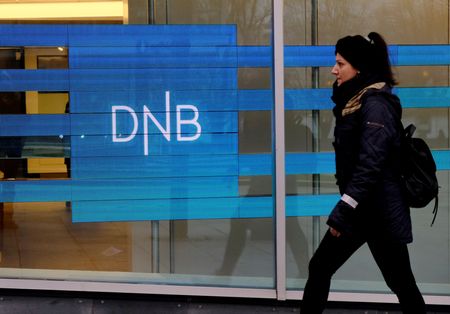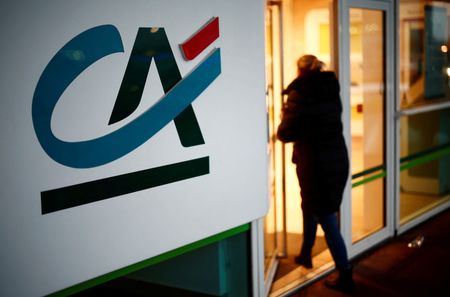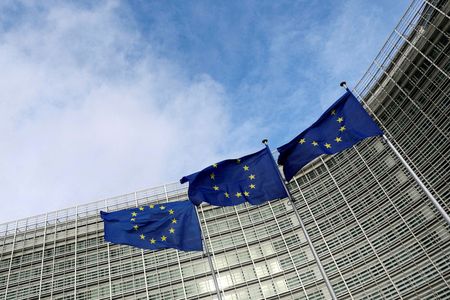By Jesus Calero and Agnieszka Gosciak
(Reuters) -Norway’s DNB faces rising competition on its home turf as a wave of consolidation among savings banks begins to reshape the country’s banking landscape, analysts say, at a time when falling interest rates add fresh pressure on margins.
Mergers forming Sparebanken Norge and SpareBank 1 Sør-Norge have created two lenders with more than 400 billion Norwegian crowns ($39.75 billion) each in gross lending, big enough to rival DNB in serving large corporations.
“Recent consolidations will put additional competitive pressure on DNB,” Norne Securities analyst Zilvinas Jusaitis said, adding that some of the largest savings banks are openly setting their sights on national expansion.
These tie-ups follow years of gradual consolidation across the sector, including the 2021 merger that created SpareBank 1 Østlandet, and DNB’s own 2022 acquisition of Sbanken, which drew regulatory scrutiny at the time.
While DNB continues to be the largest lender in the country, its market share has been drifting lower over the past decade.
Analysts say the bank could face margin pressure in mortgages and lending to small and mid-sized enterprises as its newer rivals grow more sophisticated.
“Savings banks have seen a repricing already and on several valuation metrics are now valued higher, which is not how it has historically been,” Arctic Securities analyst Roy Tilley said.
With investors expecting more mergers among smaller banks, DNB now looks undervalued compared to some of the larger savings banks, Tilley added.
Norway’s central bank’s first rate cut in years last month could further squeeze net interest margins for DNB, which depends more heavily on interest income for its returns.
Pareto Securities analyst Herman Zahl said that modestly lower rates, alongside June’s rate cut, could contribute to continued pressure on net interest margins moving forward.
In the first quarter, DNB beat market expectations on the back of lending growth and higher fees after buying Nordic investment bank Carnegie.
Analysts noted that it might keep leaning toward Nordic acquisitions like this, as domestic M&A opportunities dry up and excess capital looks for a home.
“DNB is already at a size in most areas that domestic acquisitions are difficult from a competition standpoint, so while there might be some smaller possibilities we’d expect that in Norway organic growth will be the main focus,” Tilley said.
Pareto’s Zahl said it was not immediately clear what domestic acquisition opportunities would be available to DNB in terms of conventional banking growth. He added neither of the recently merged savings banks would have been likely targets.
DNB reports its second-quarter results on Friday.
($1 = 10.0629 Norwegian crowns)
(Reporting by Jesus Calero and Agnieszka Gosciak-Rabalska in Gdansk, editing by Milla Nissi-Prussak)










